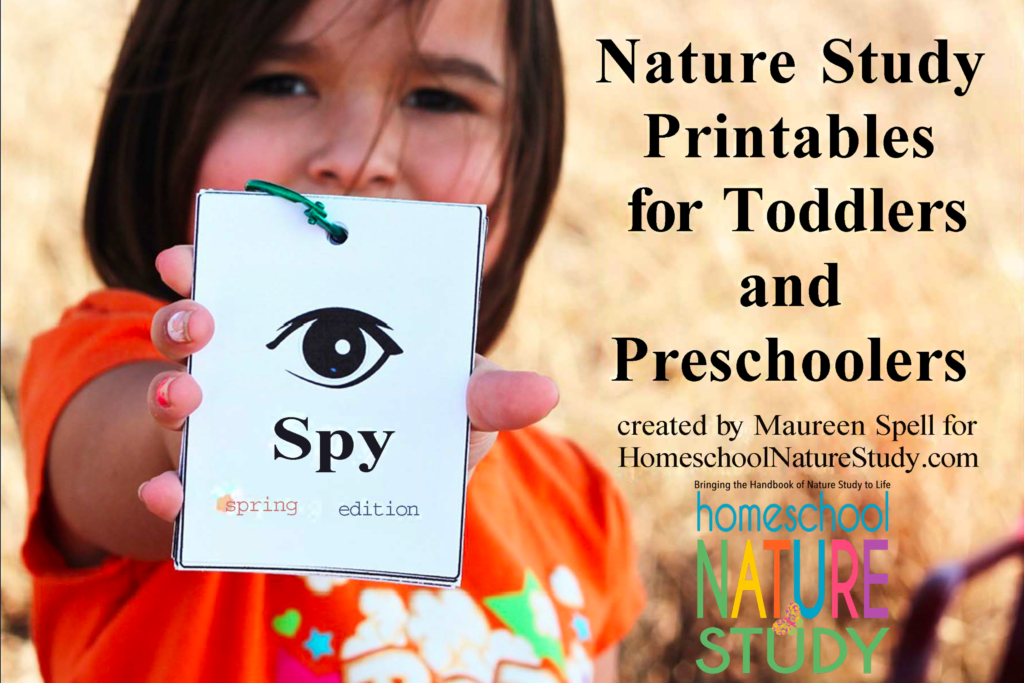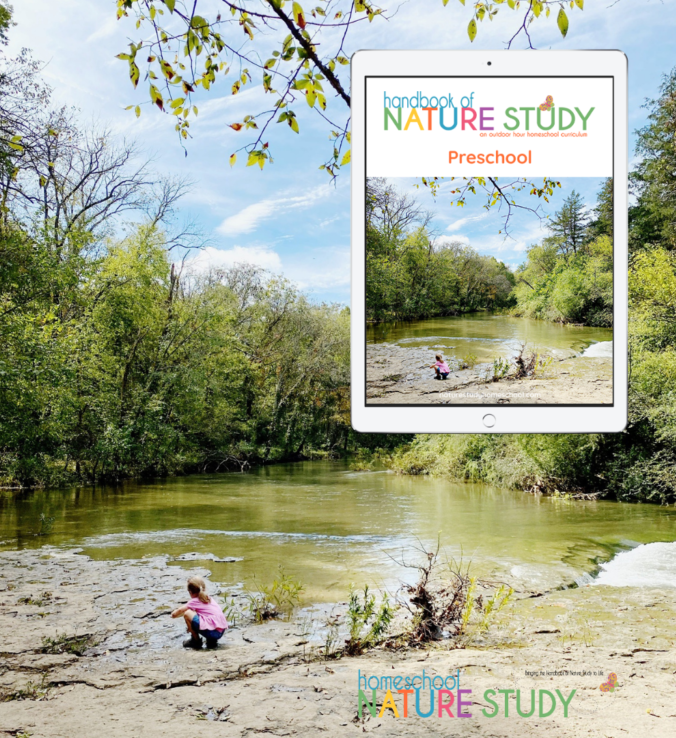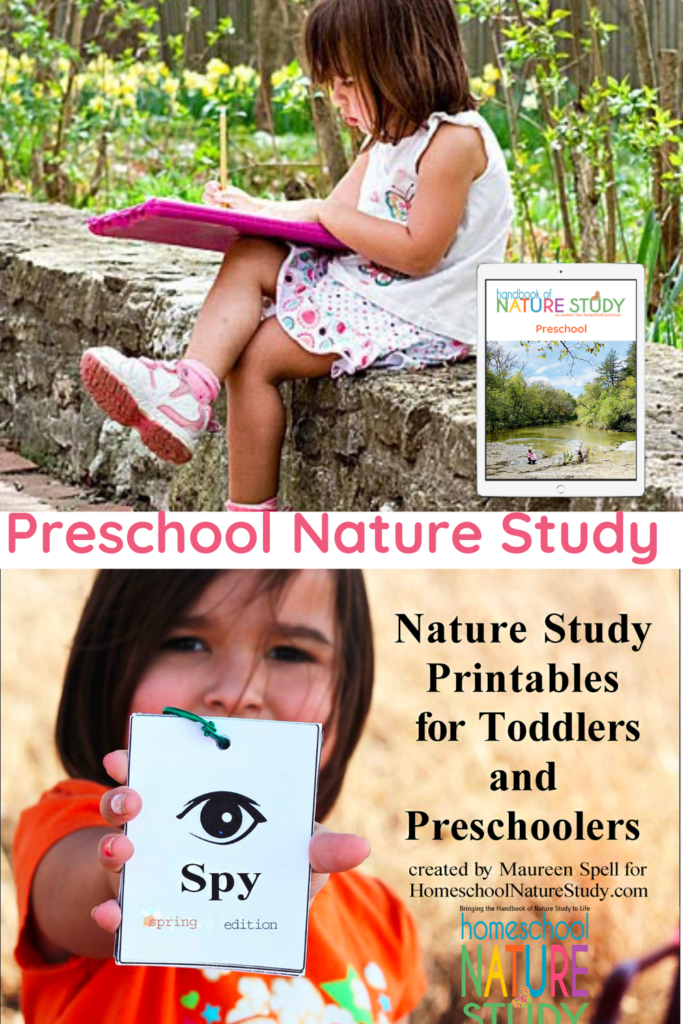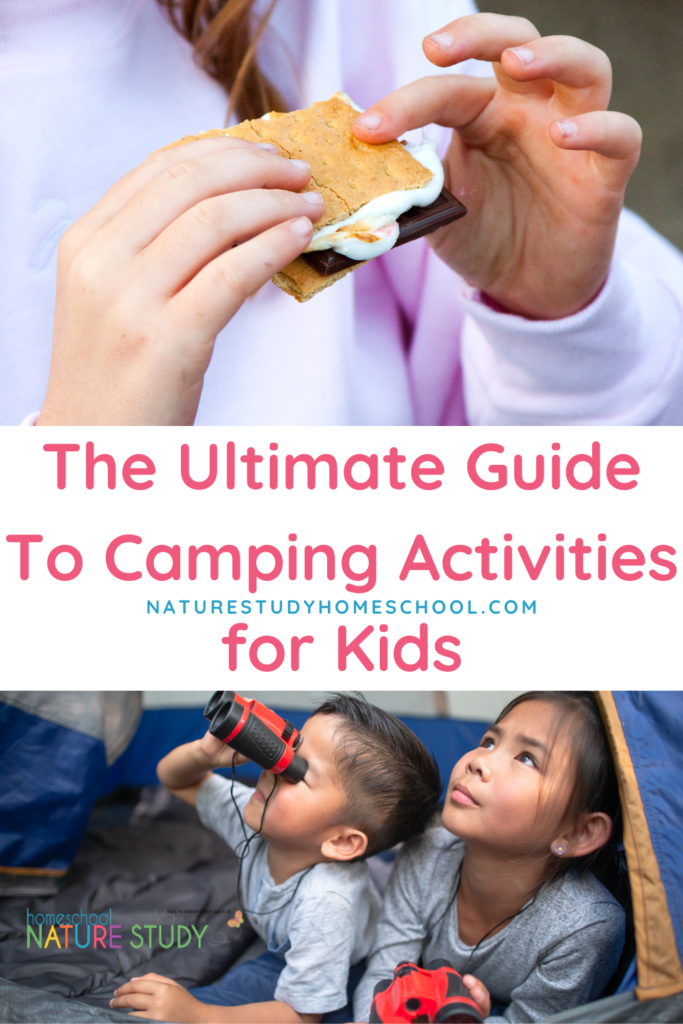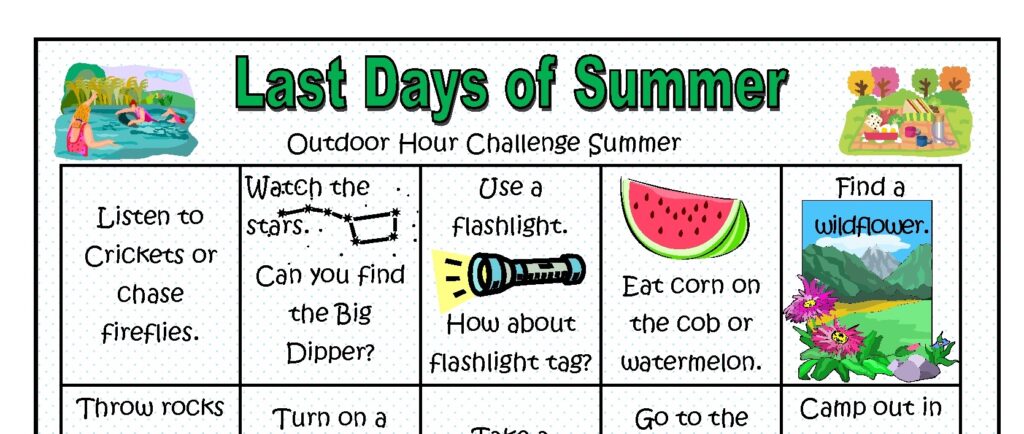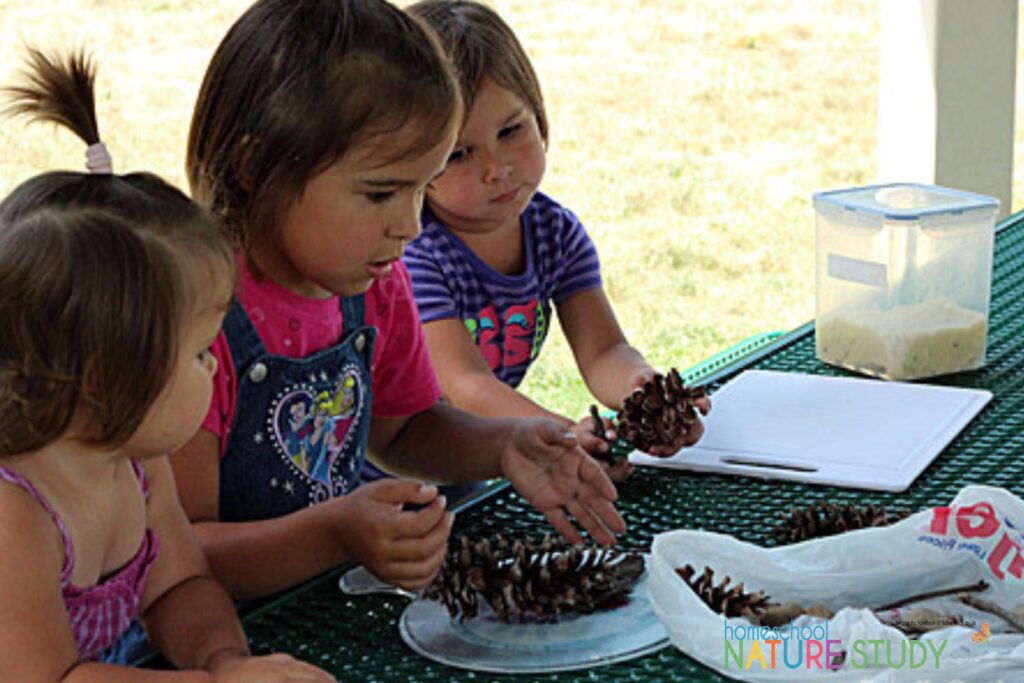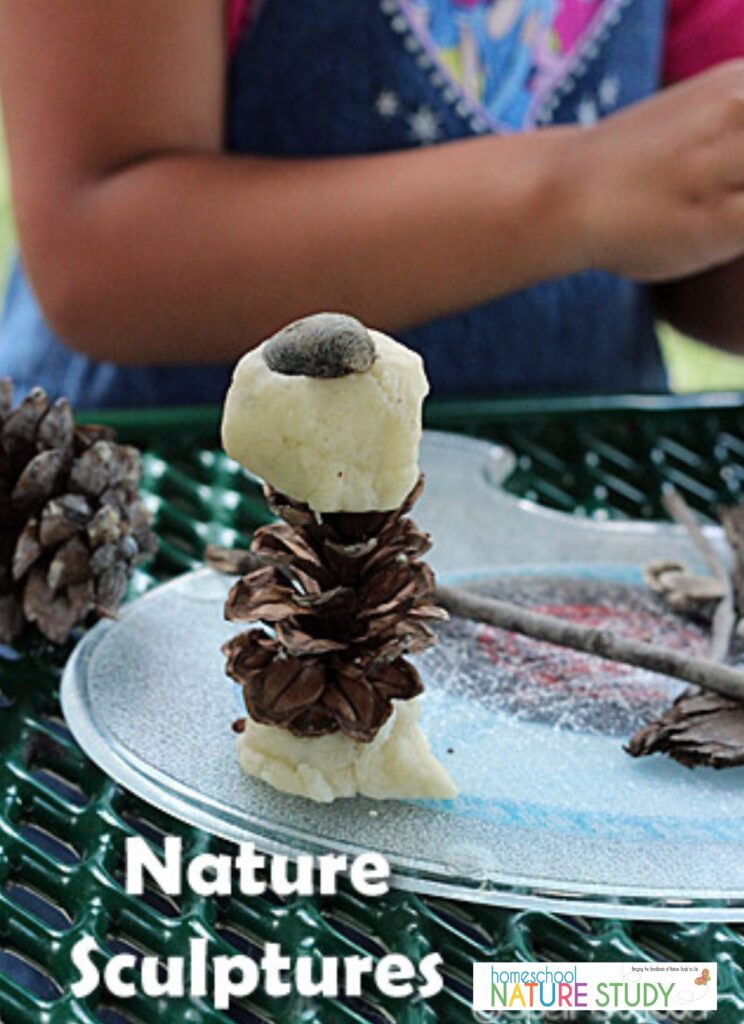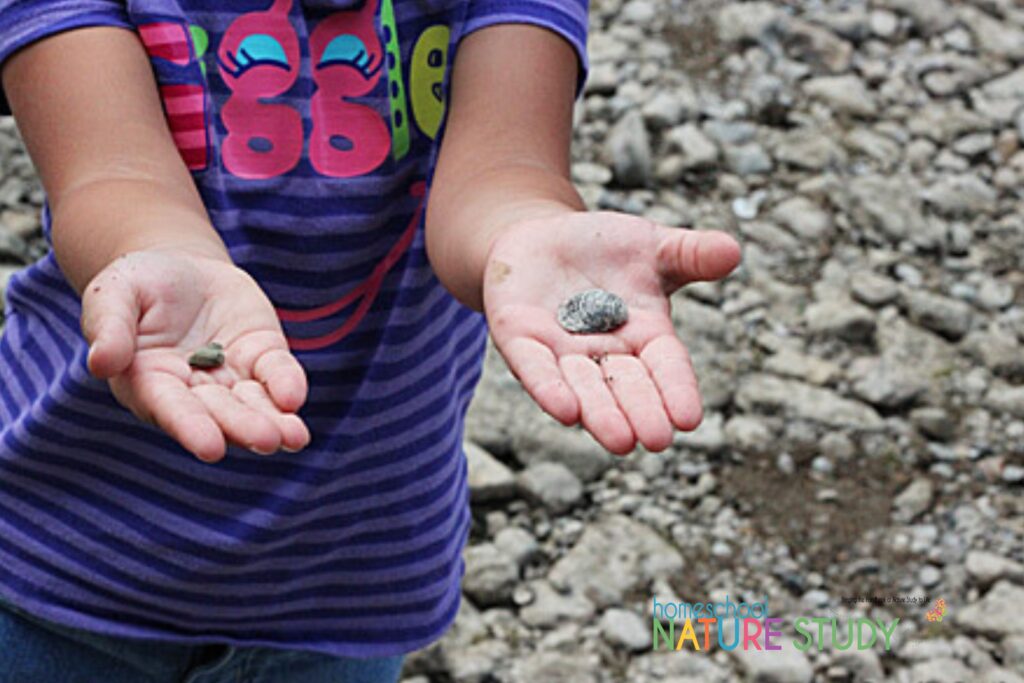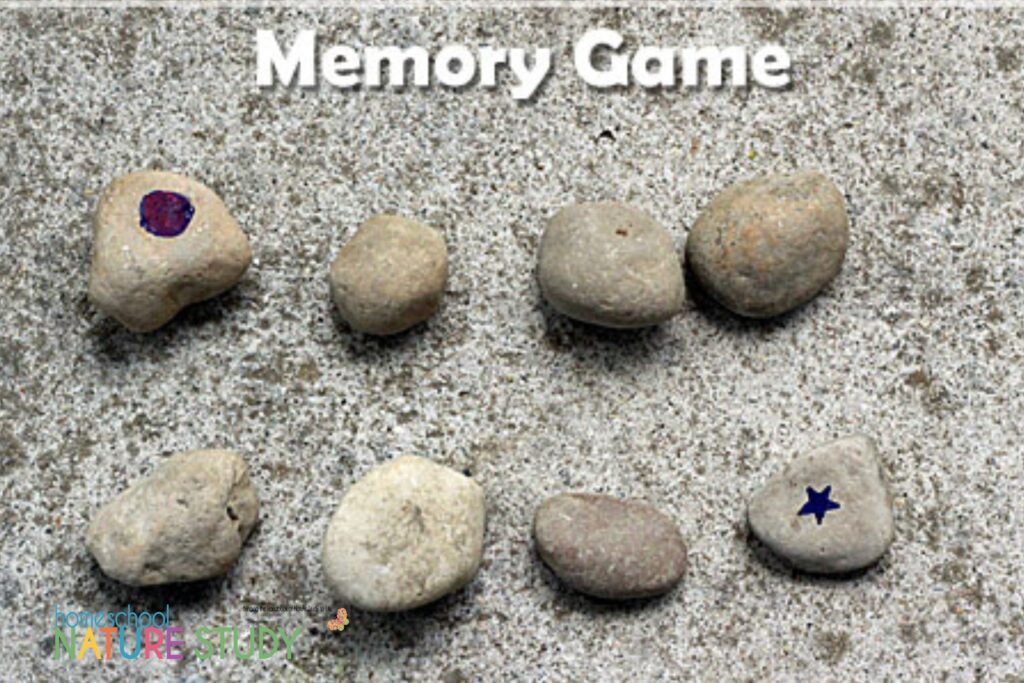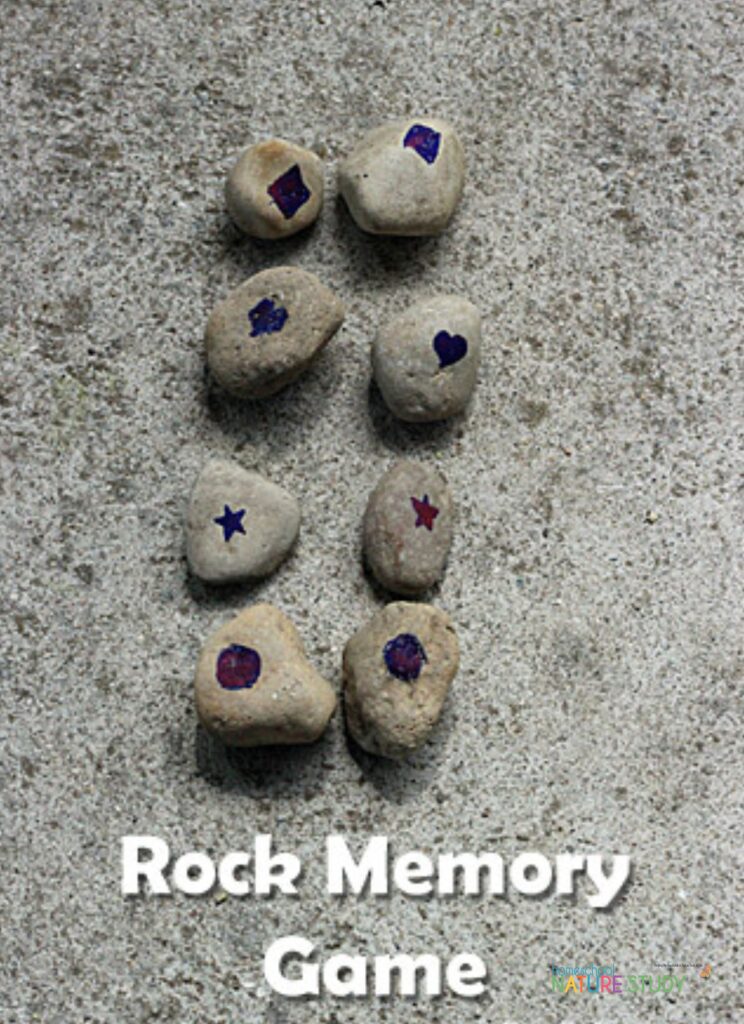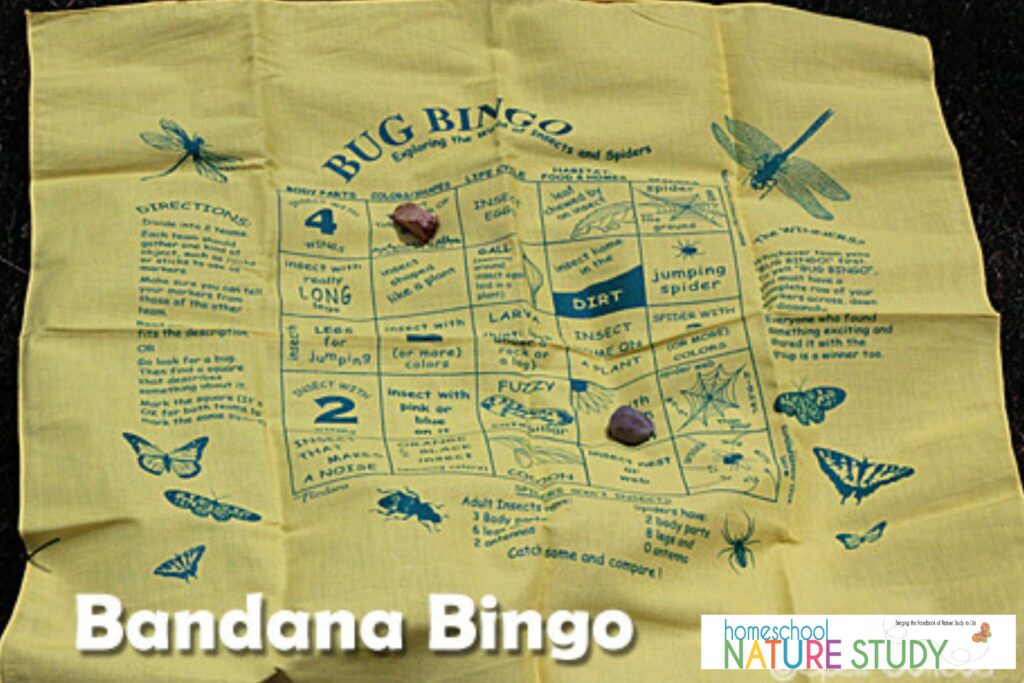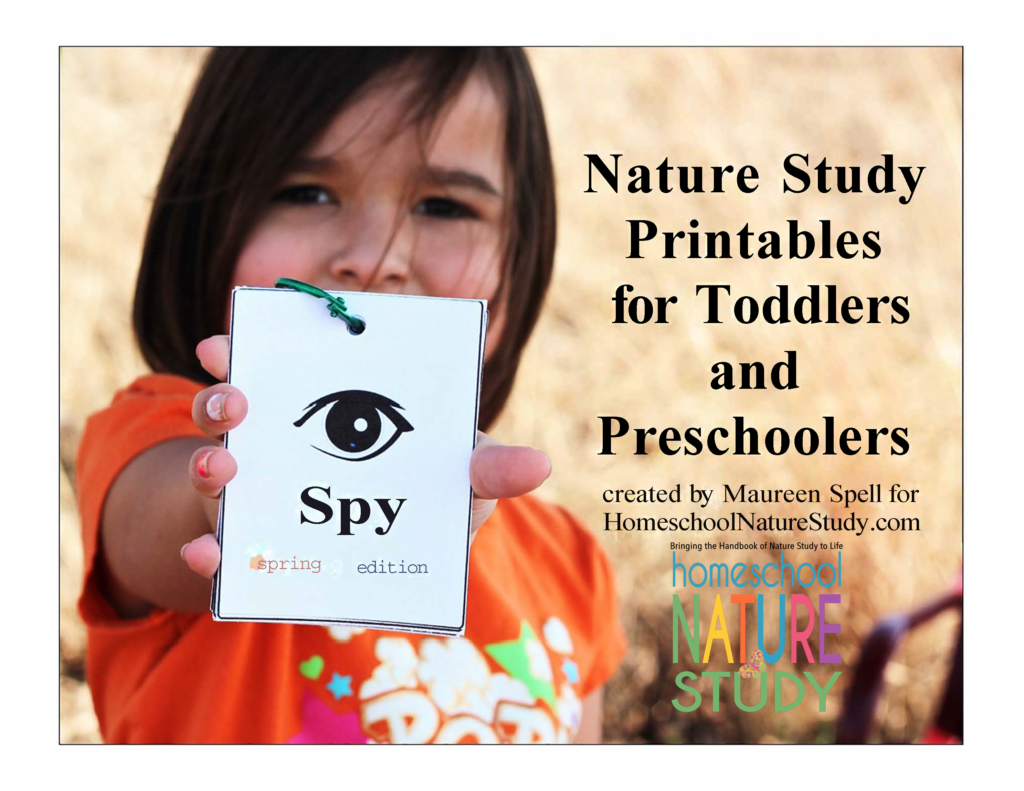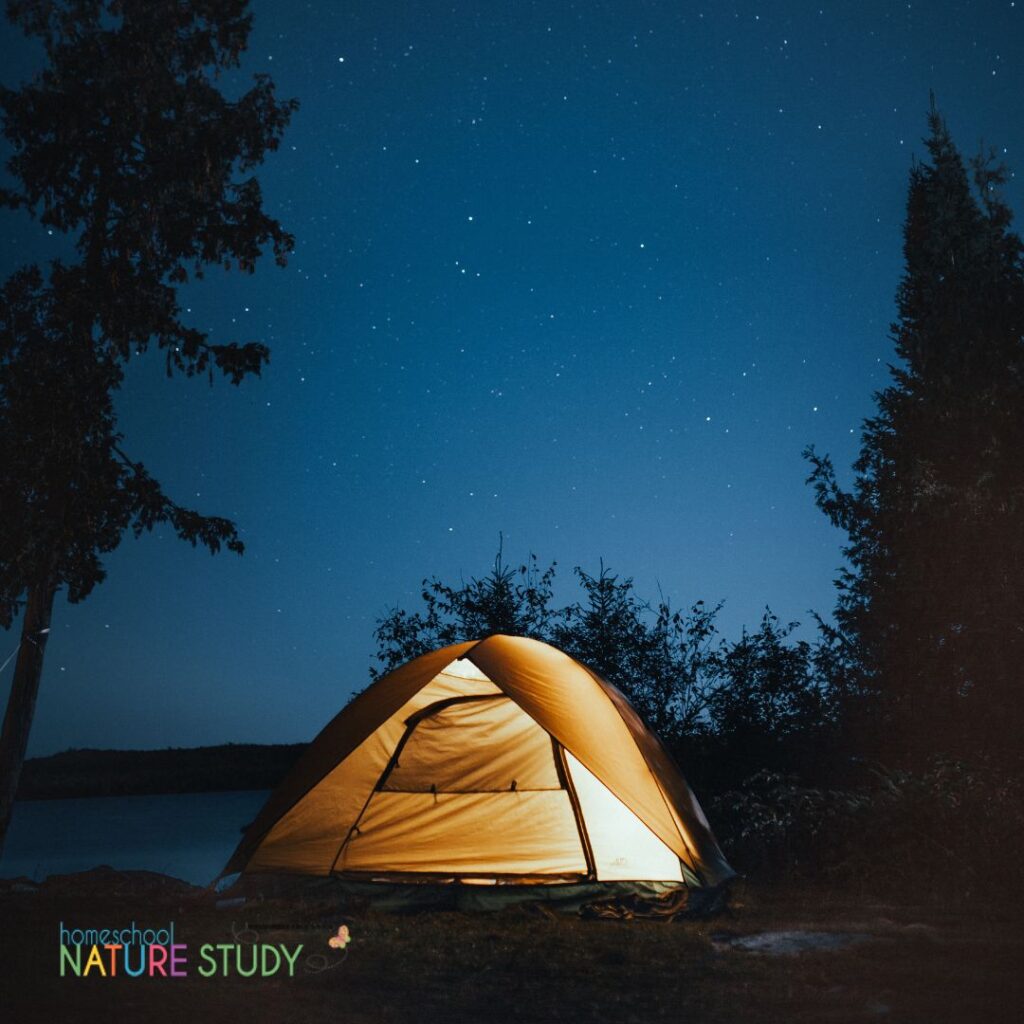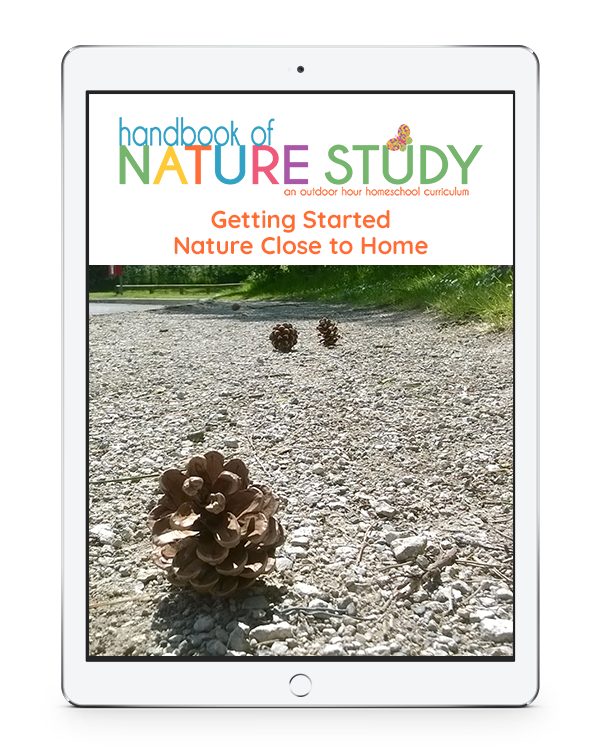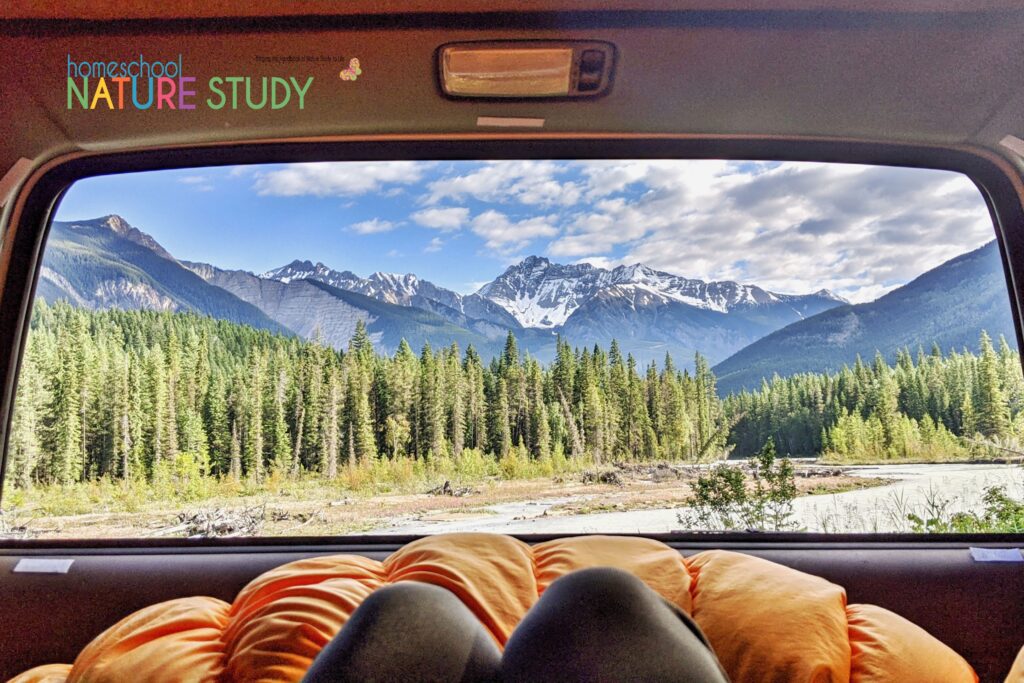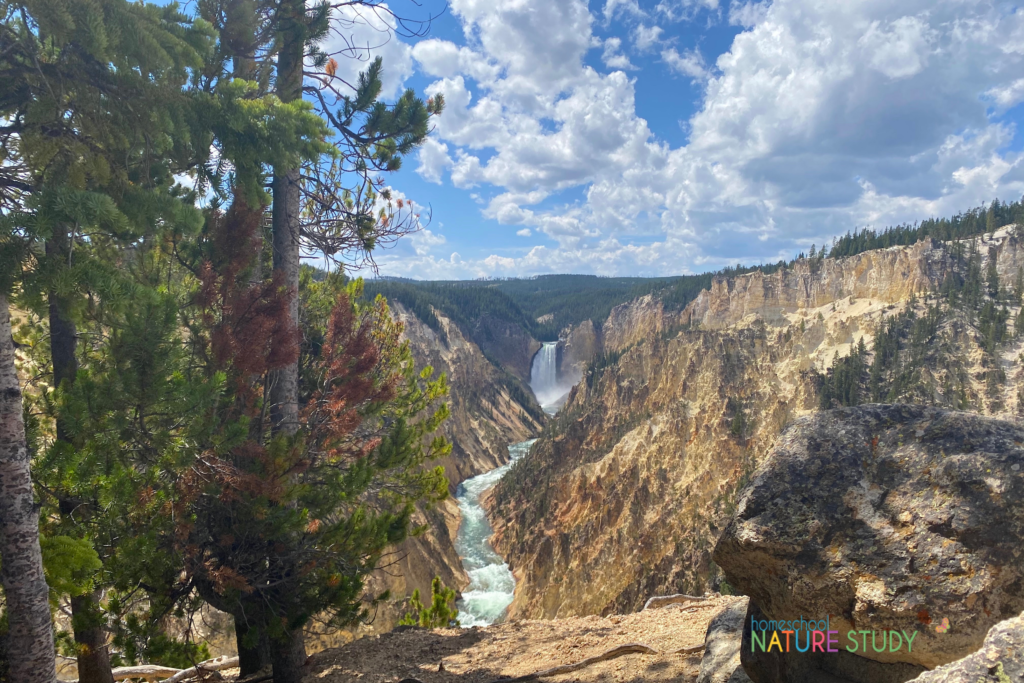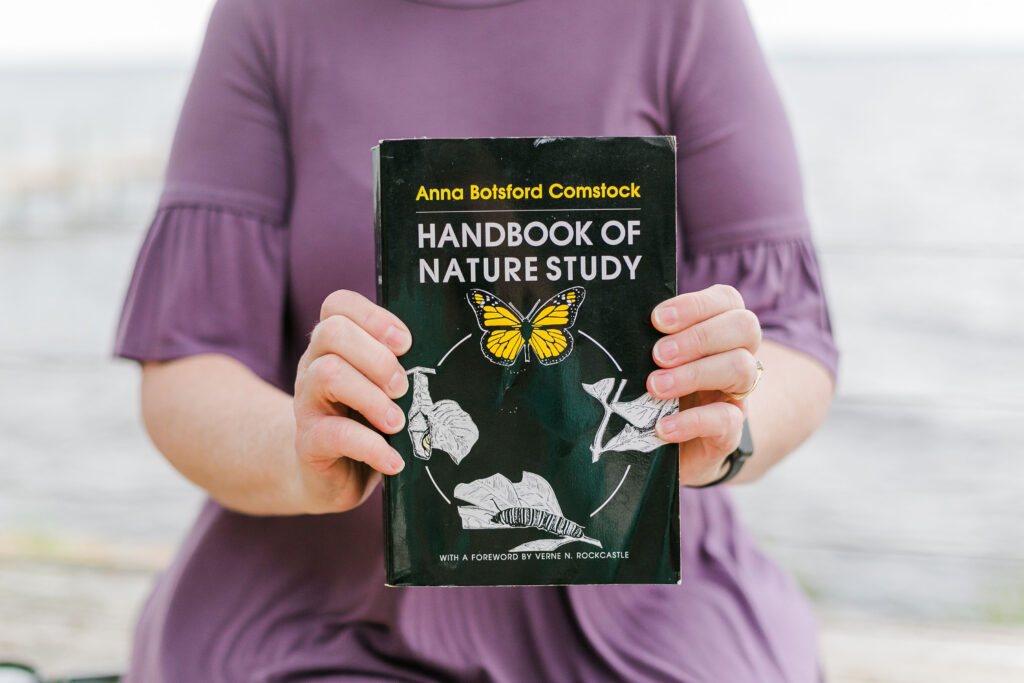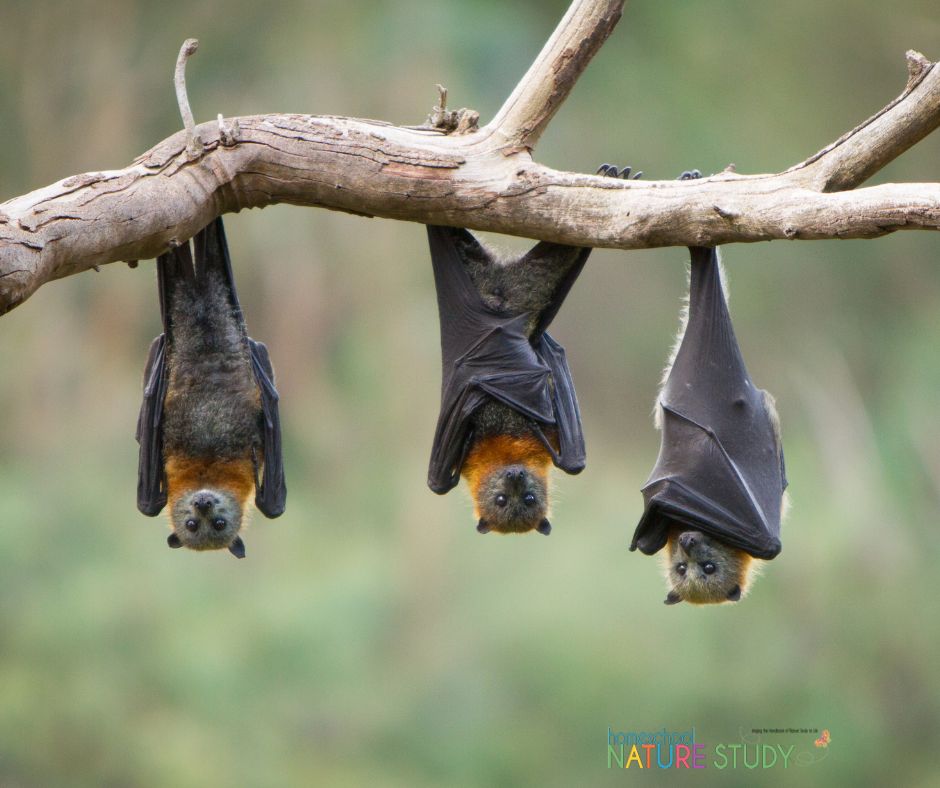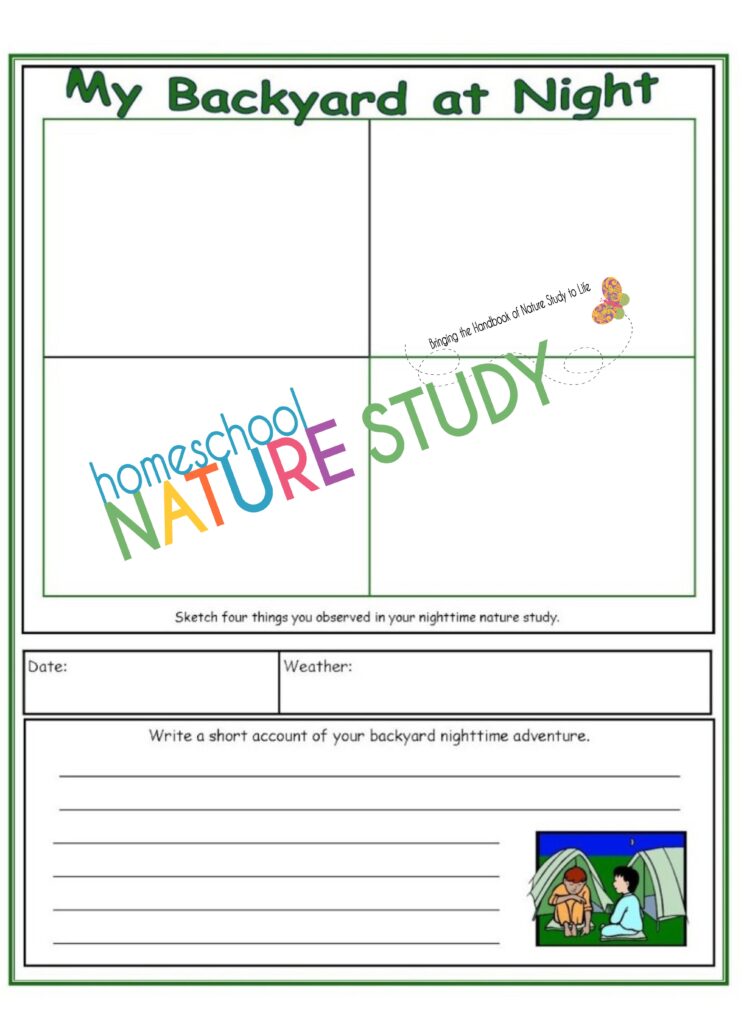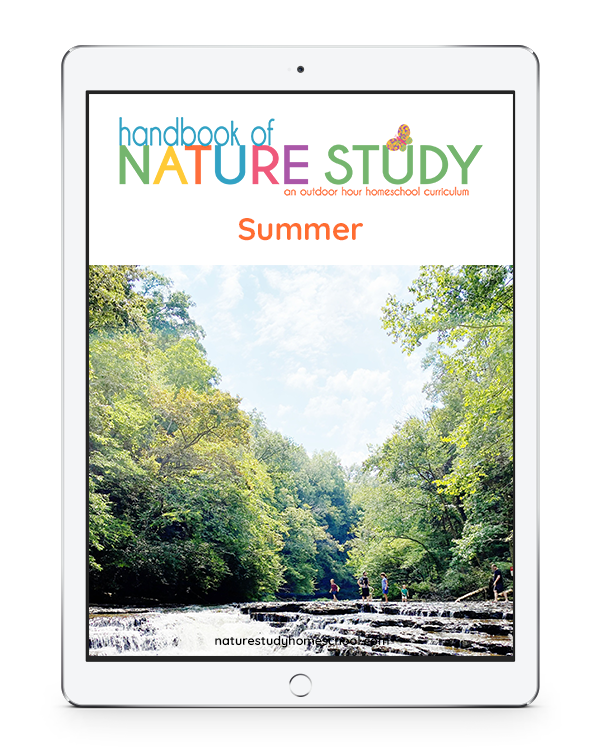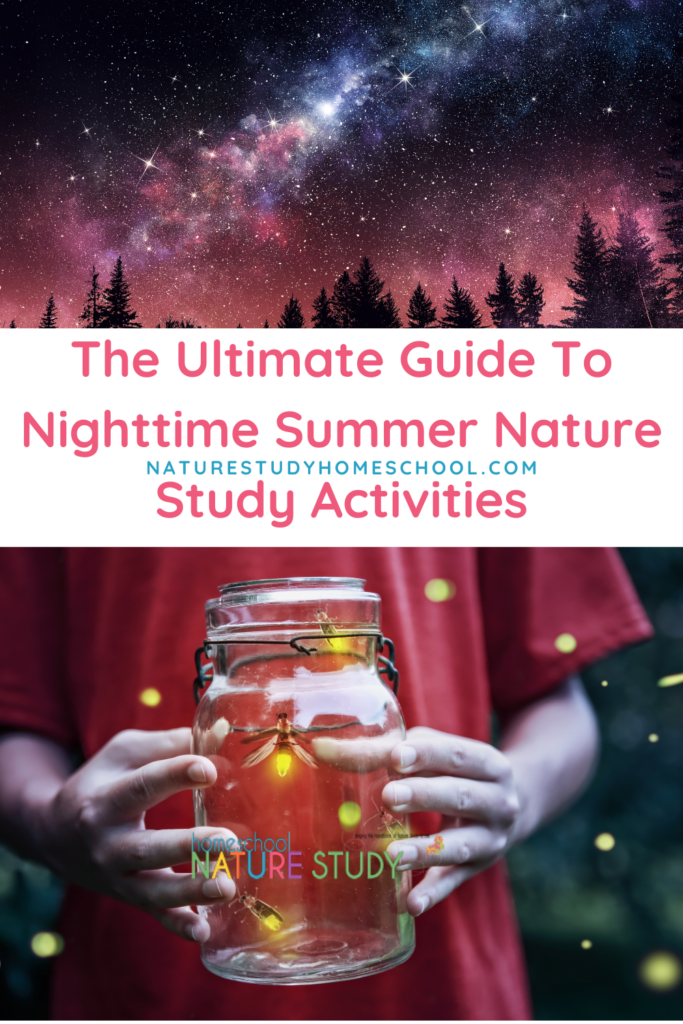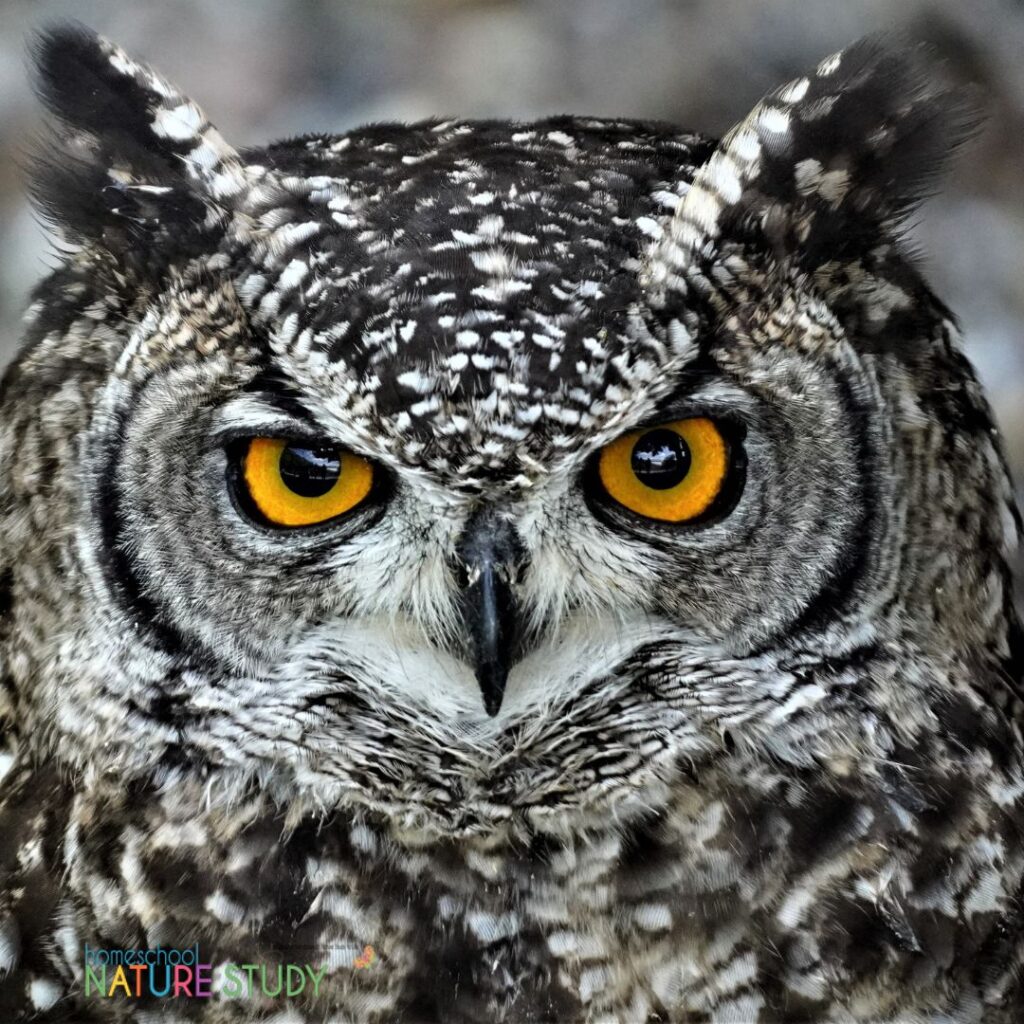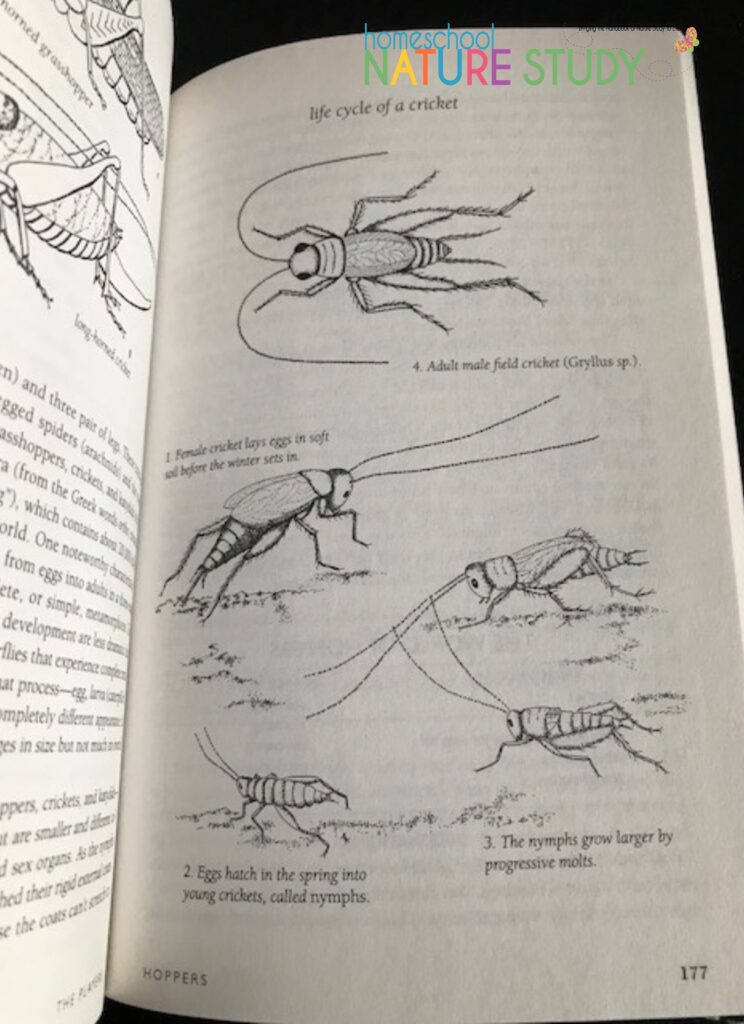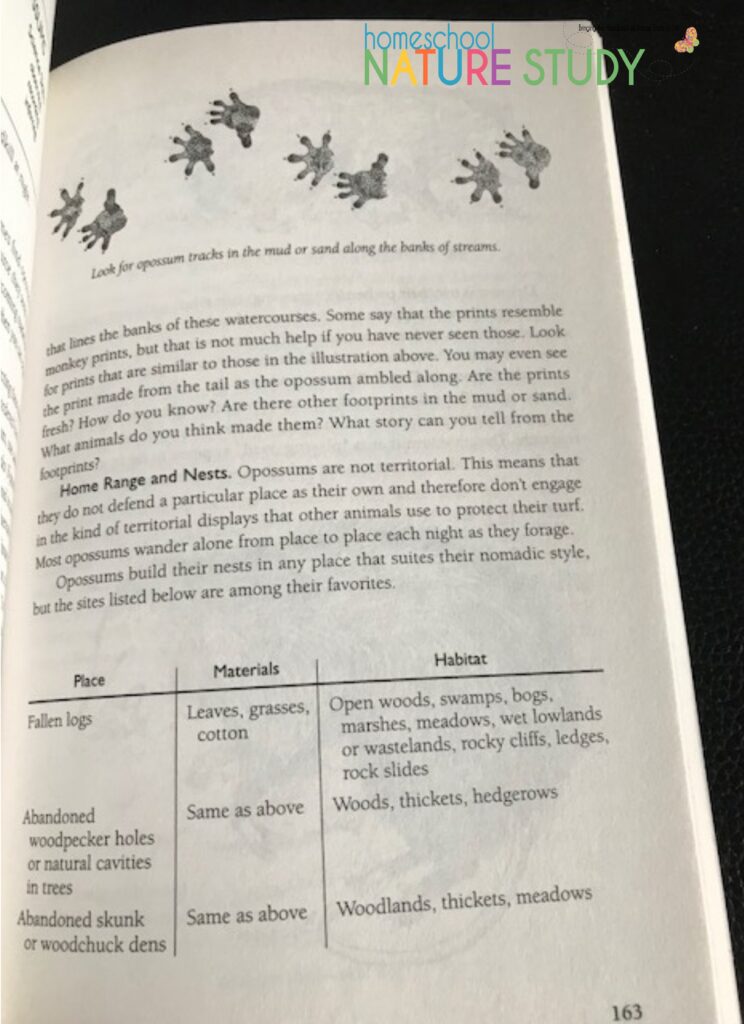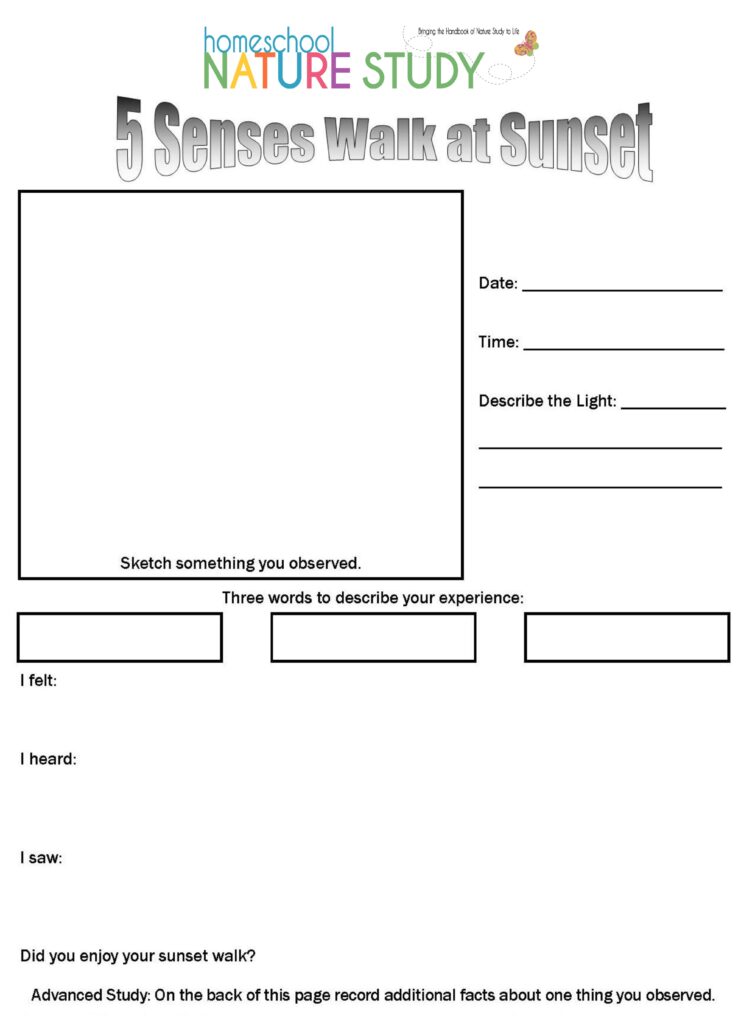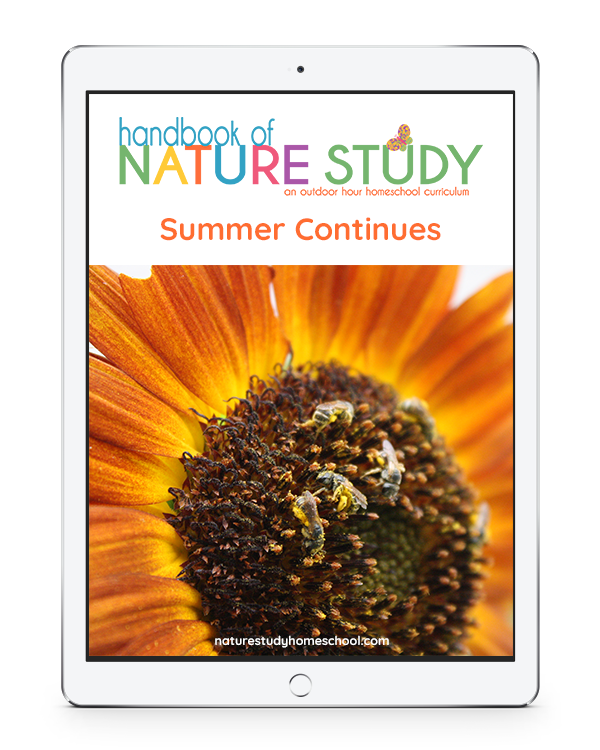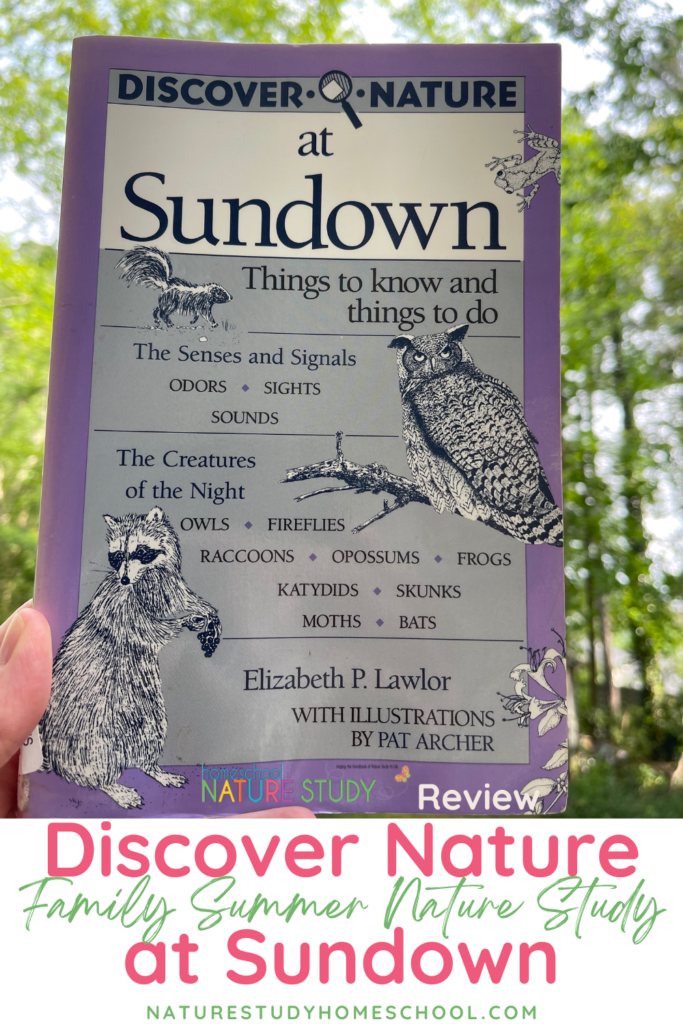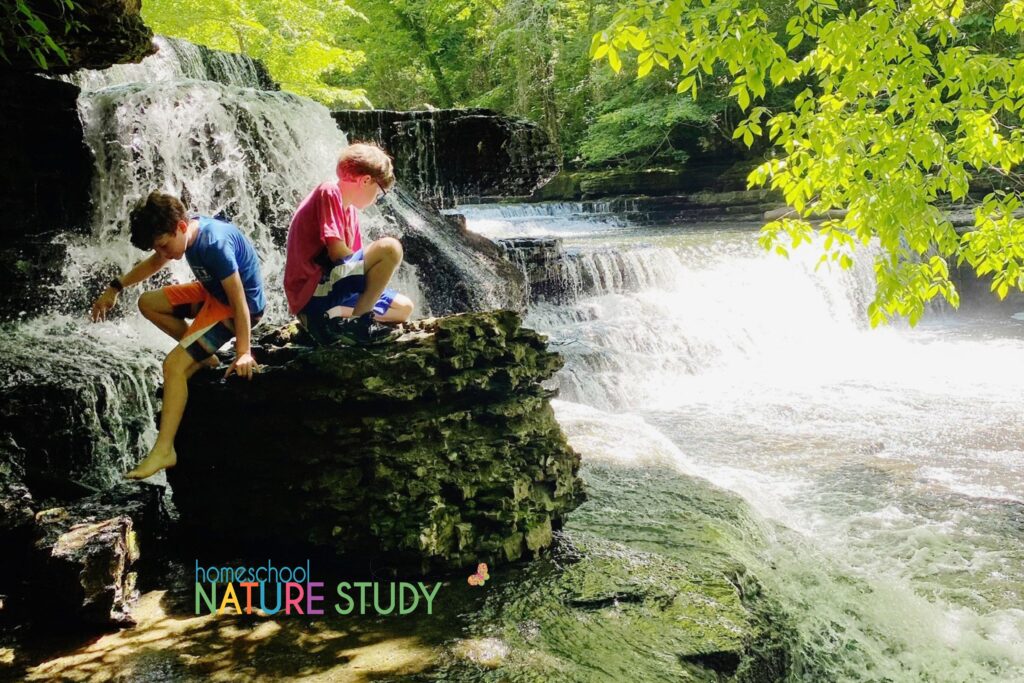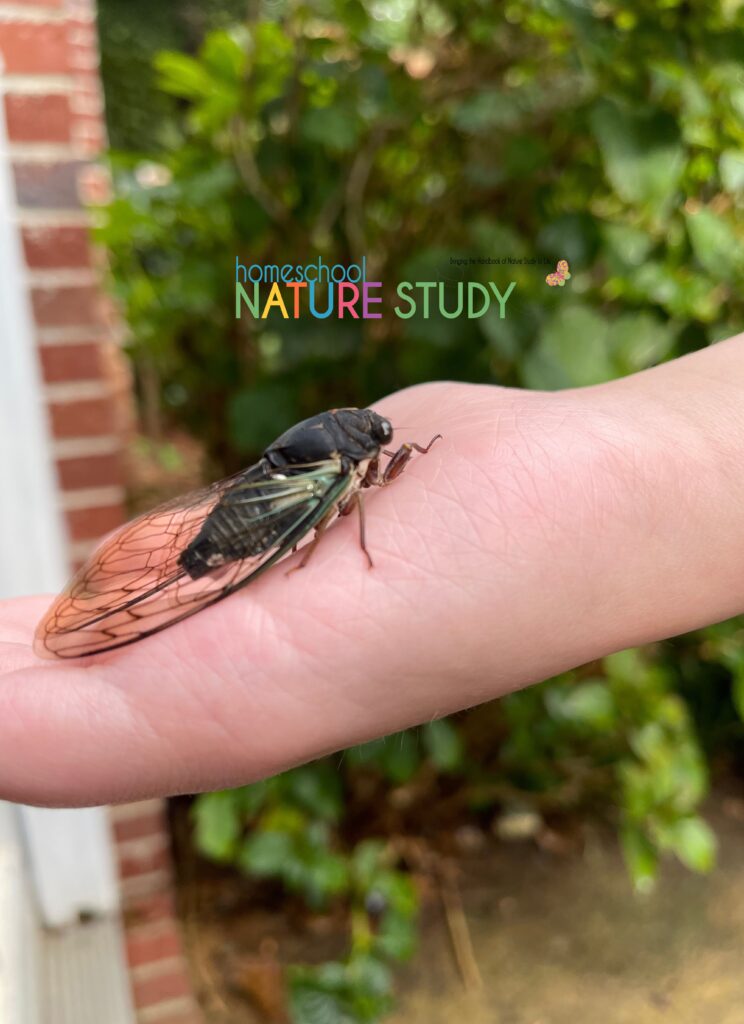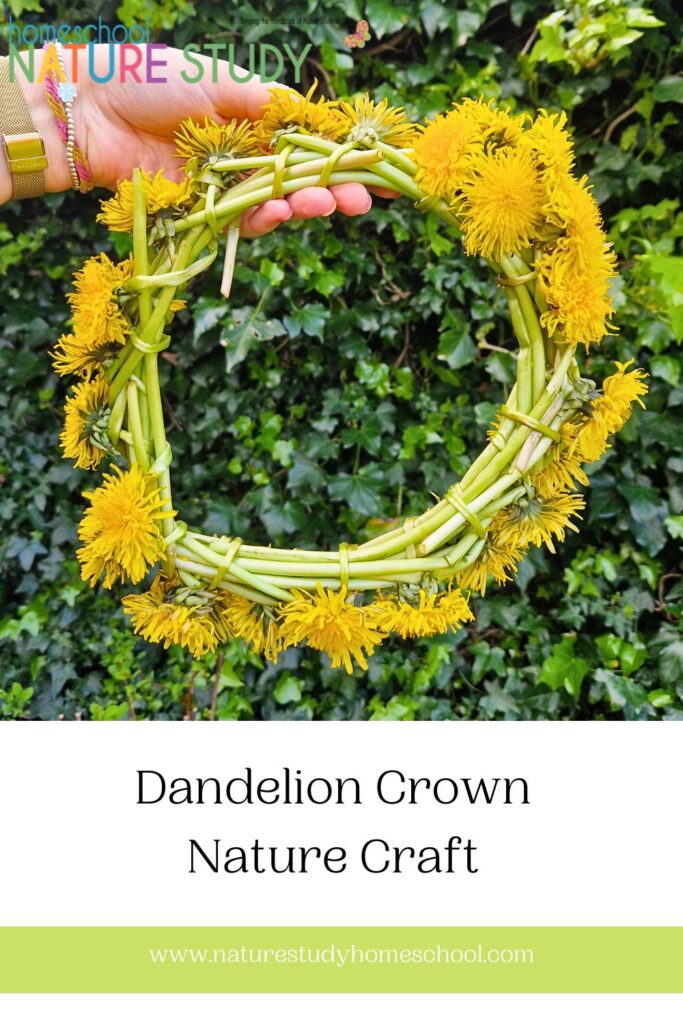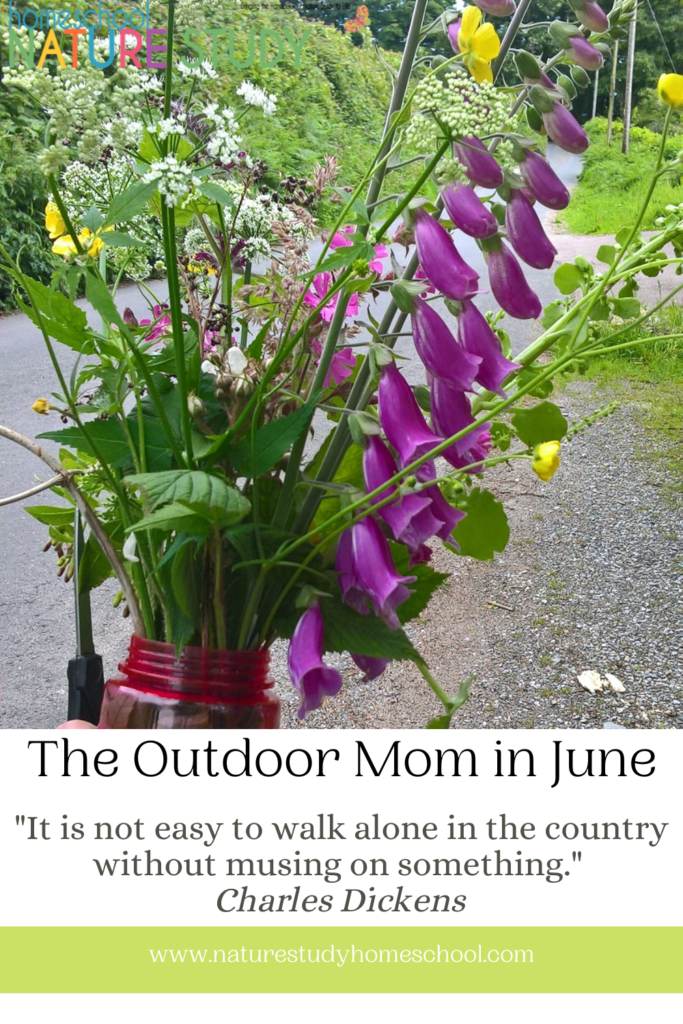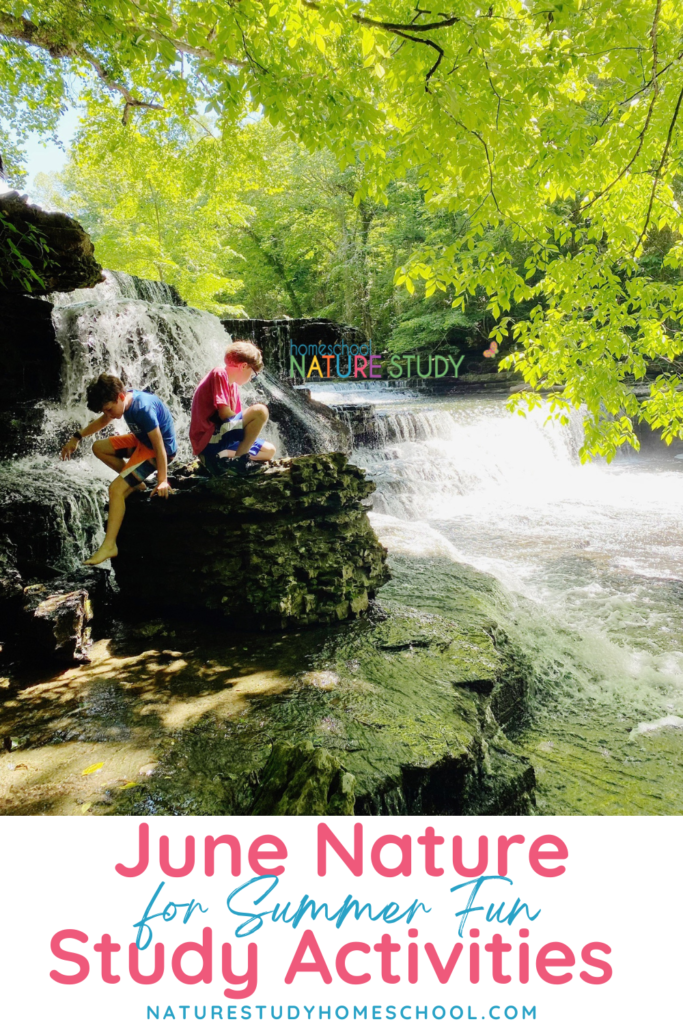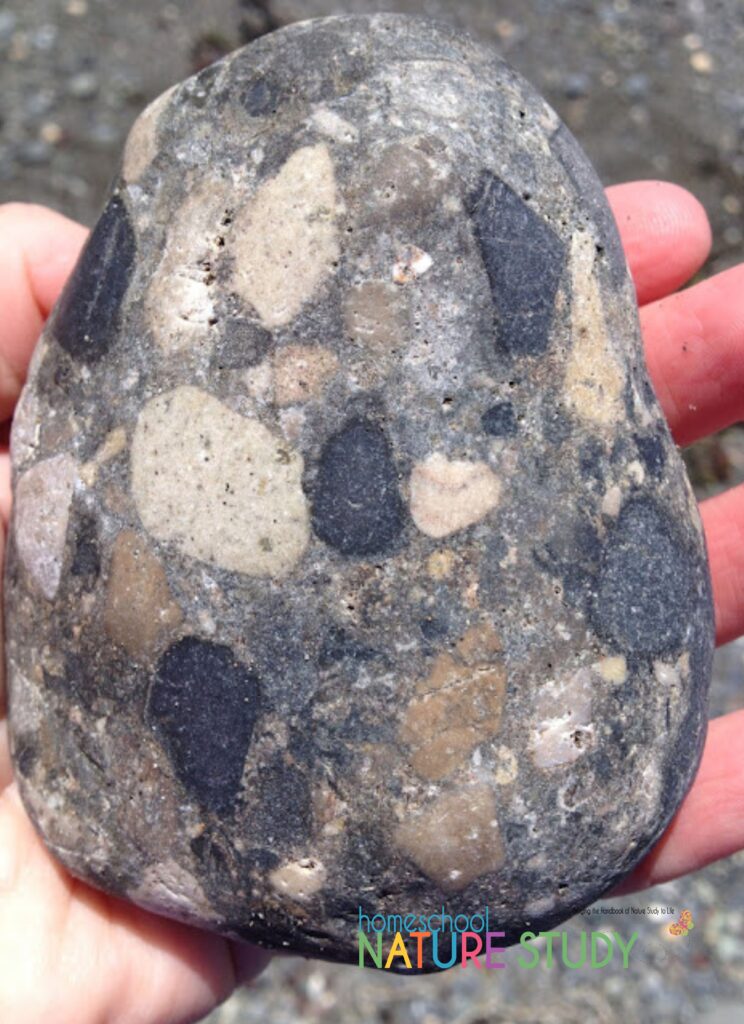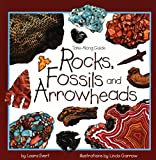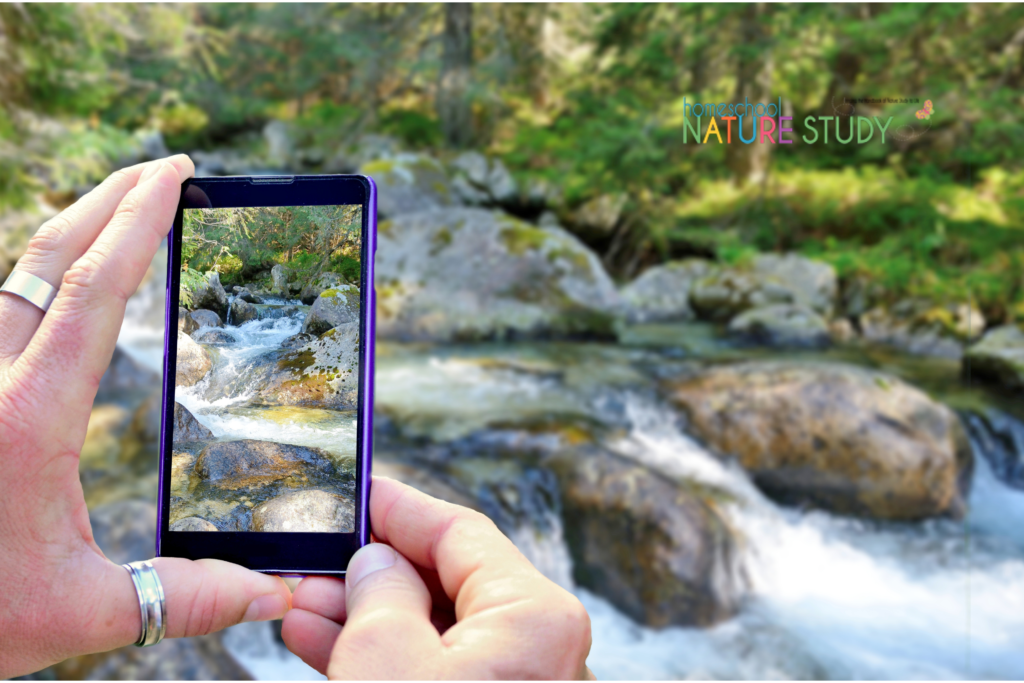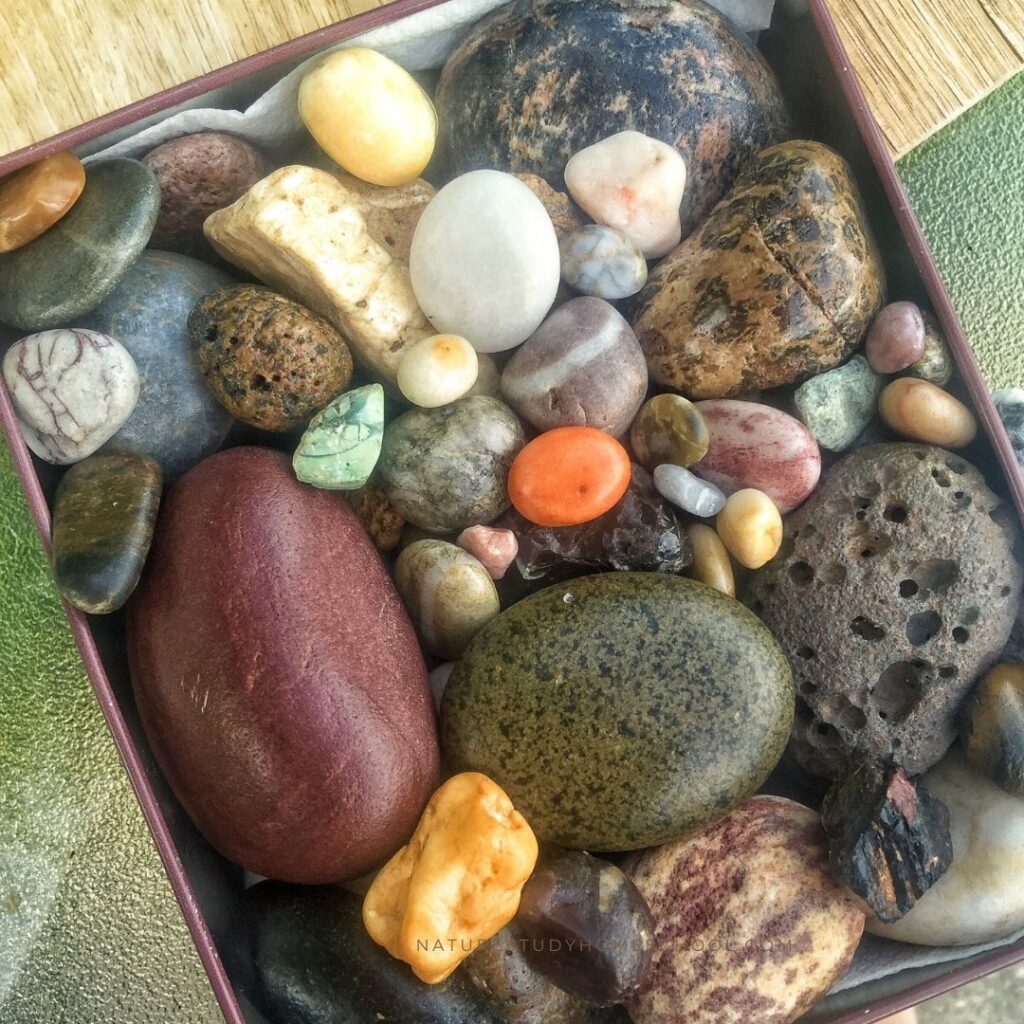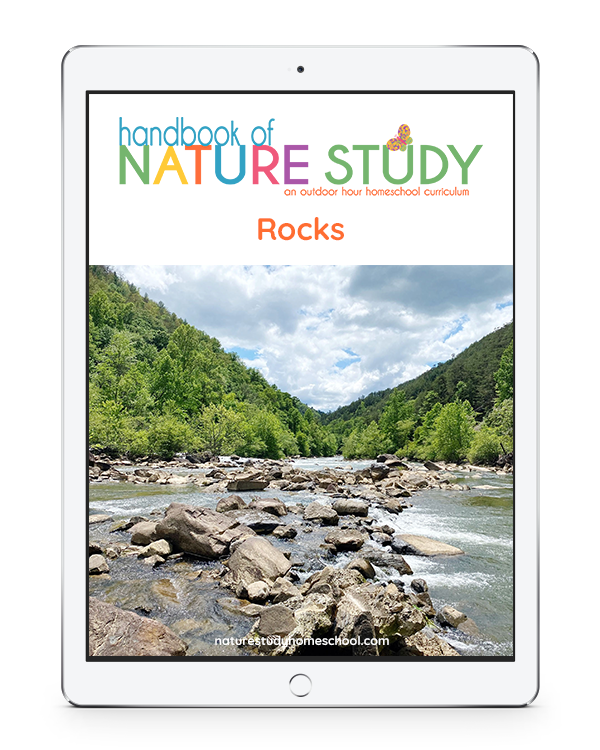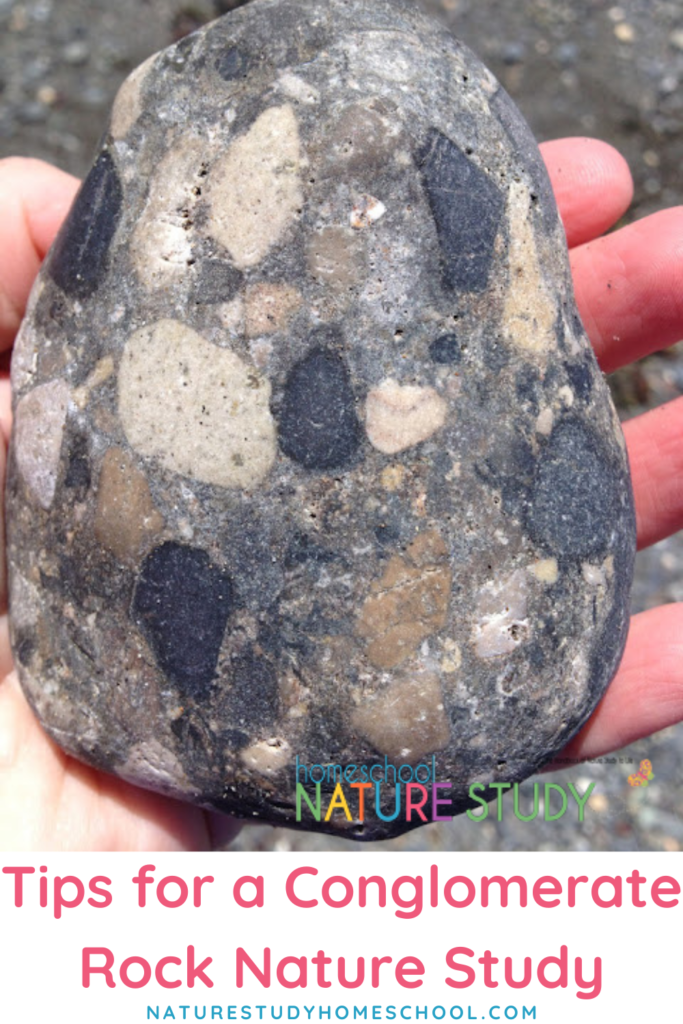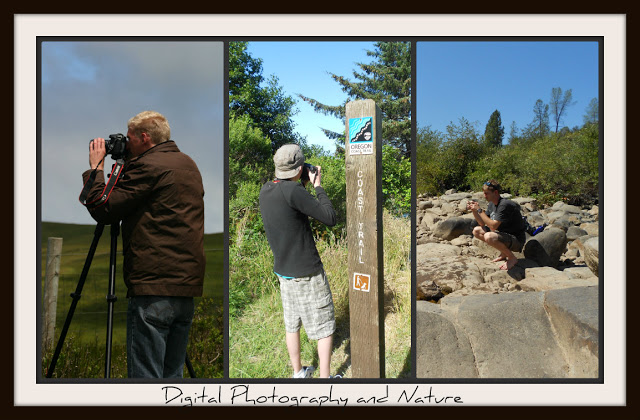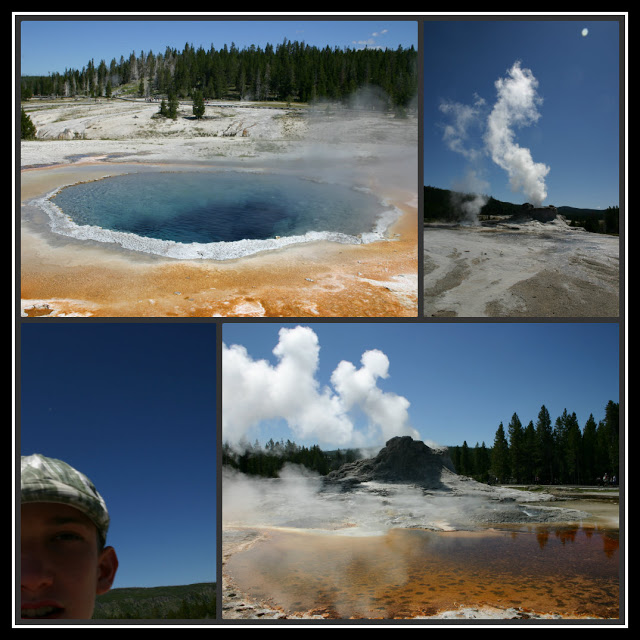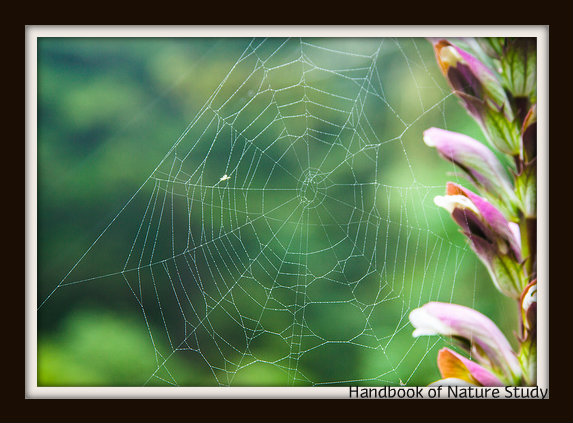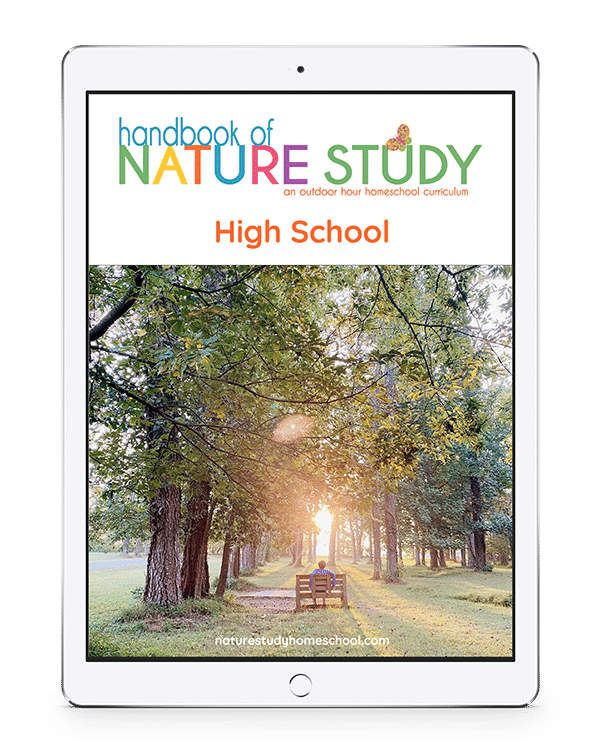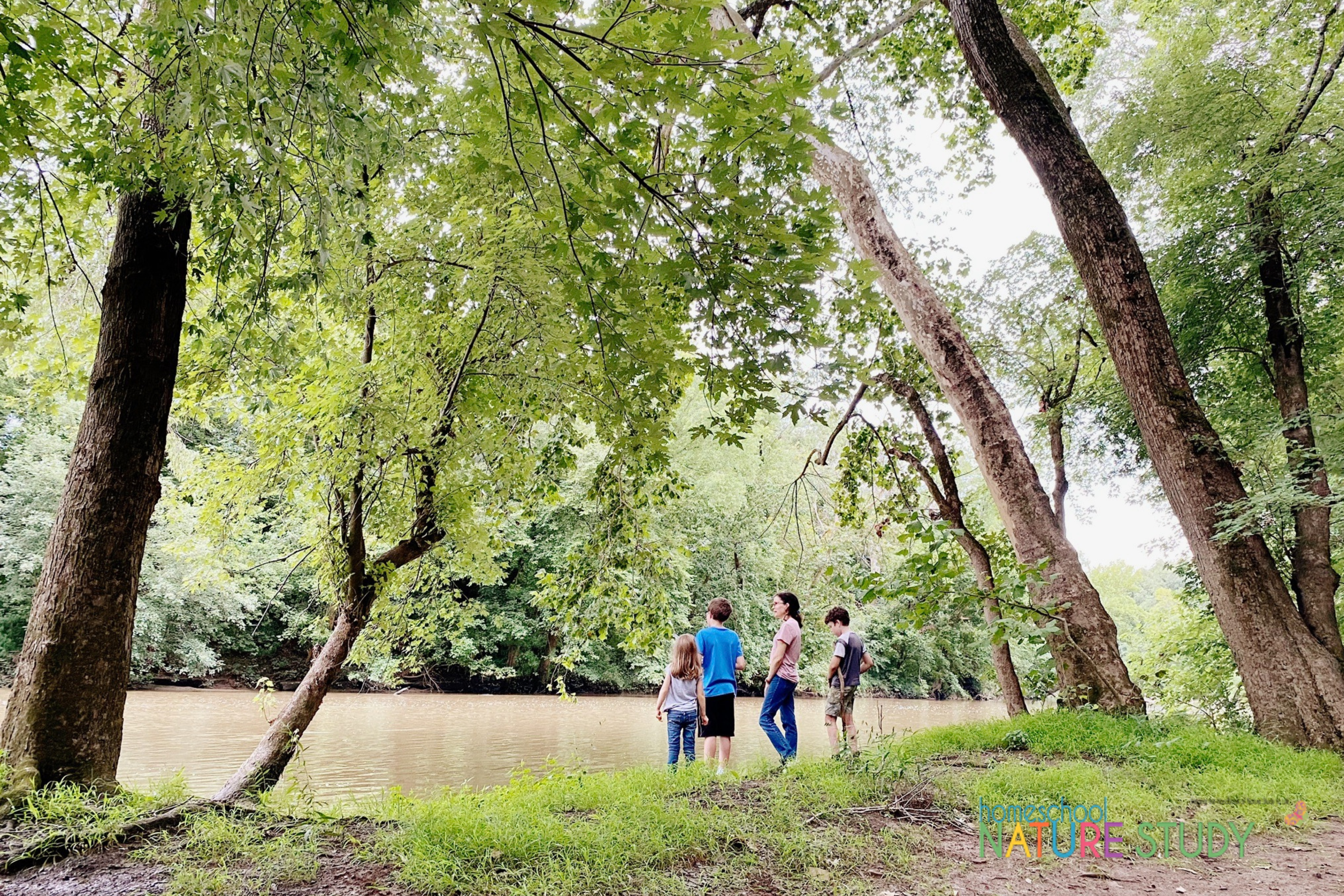
What a joyous time to enjoy the outdoors at a slow and delightful pace! These July activities for summer nature study are packed full of fun ideas for your family. Don’t miss the July nature craft and the Outdoor Mom for members!
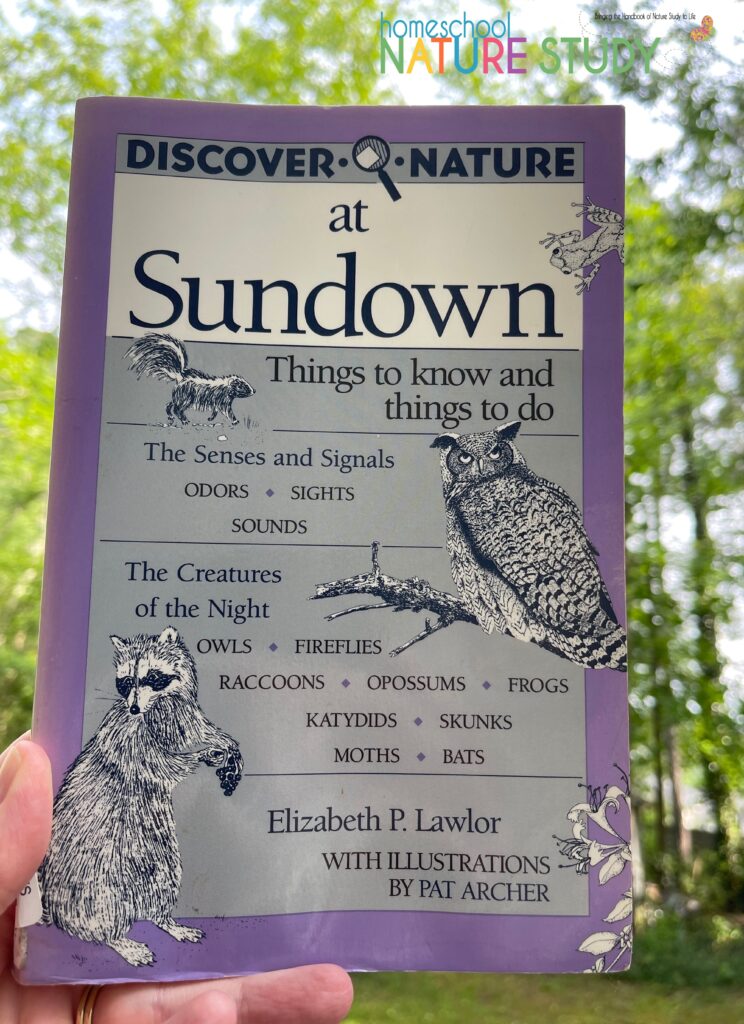
What Do You Need for Summer Nature Study?
It’s as easy as 1, 2, 3!
Grab you free Getting Started in Homeschool Nature Study Guide.
Use the Handbook of Nature Study for reference.
Spend about 15 minutes or more outside with our weekly Outdoor Hour Challenges!
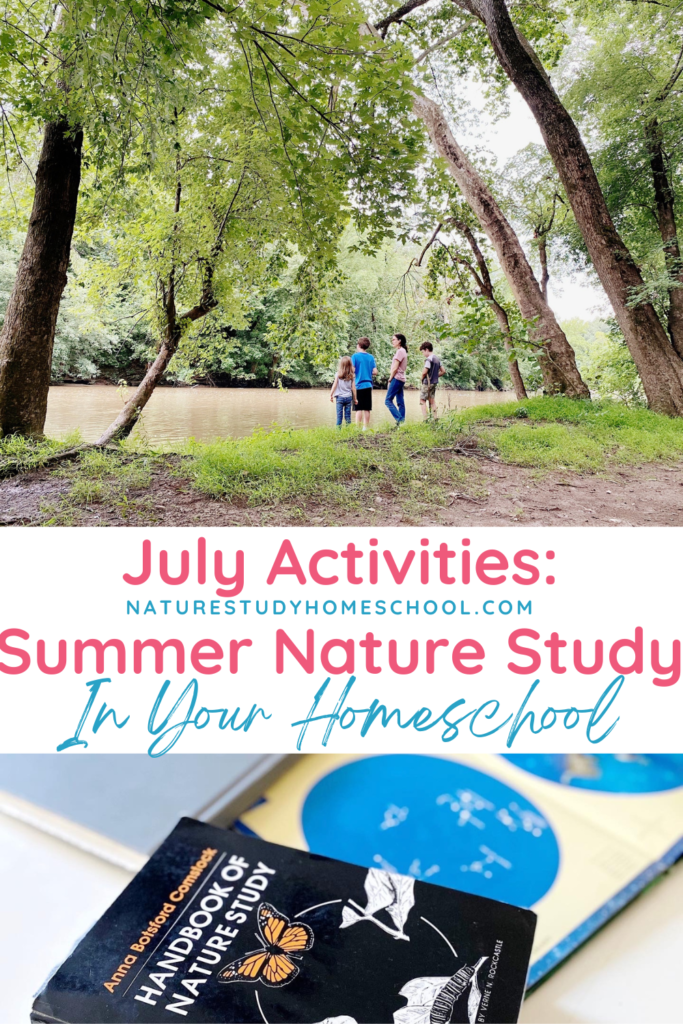
Summer Nature Study Homeschool Curriculum
Our homeschool nature study curriculum for summer is inspired by the wonderful nature book, Discover Nature at Sundown. Find out more about this lovely resource and enjoy a free Sunset Nature Walk printable!

More Summer Nature Study Activities
If it is too hot and humid for outdoor study, try these helpful tips! Too many mosquitoes? (We are learning about mosquitoes too!) Our Homeschool Nature Study members have a monthly Nature Study Calendar at their fingertips. Each day has a new nature study prompt! Learn and have fun while it is hot outside.
FUN Summer Nature Study Photo Challenge! Enjoy a fun summer nature study photo challenge plus first day of summer ideas! I don’t know about you but I’m so very ready for the summer season! The most noticeable change is the amount of daylight. The sun is up early and it lingers in the evenings.
Take an Early Morning Hike – enjoy these tips and inspiration for getting outside in the cool of the day!
Study Nature as You Travel This Summer – If you are planning a trip to a natural area to enjoy the outdoors, you may want to include nature study for your summer travel plans. Implement some of the ideas below to enhance your outdoor time.
Last Child in the Woods – Encouragement for Homeschool Parents – A book can transform your thinking completely or it can validate what you have experienced in your own life. Some books do both, like Last Child in the Woods by Richard Louv. This is a must read book for all homeschool families who are endeavoring to expose their children to the natural world on a regular basis.

A Spectacular Night Sky Nature Study for Your Summer Homeschool
Take some time this next week to get outside at night and enjoy a beautiful night sky homeschool nature study. Allow plenty of time for your eyes to adjust to the darkness and just enjoy gazing up at the heavens. Use some of these suggestions to get started with some simple night sky observations. Get your free Night Observations Printable HERE!
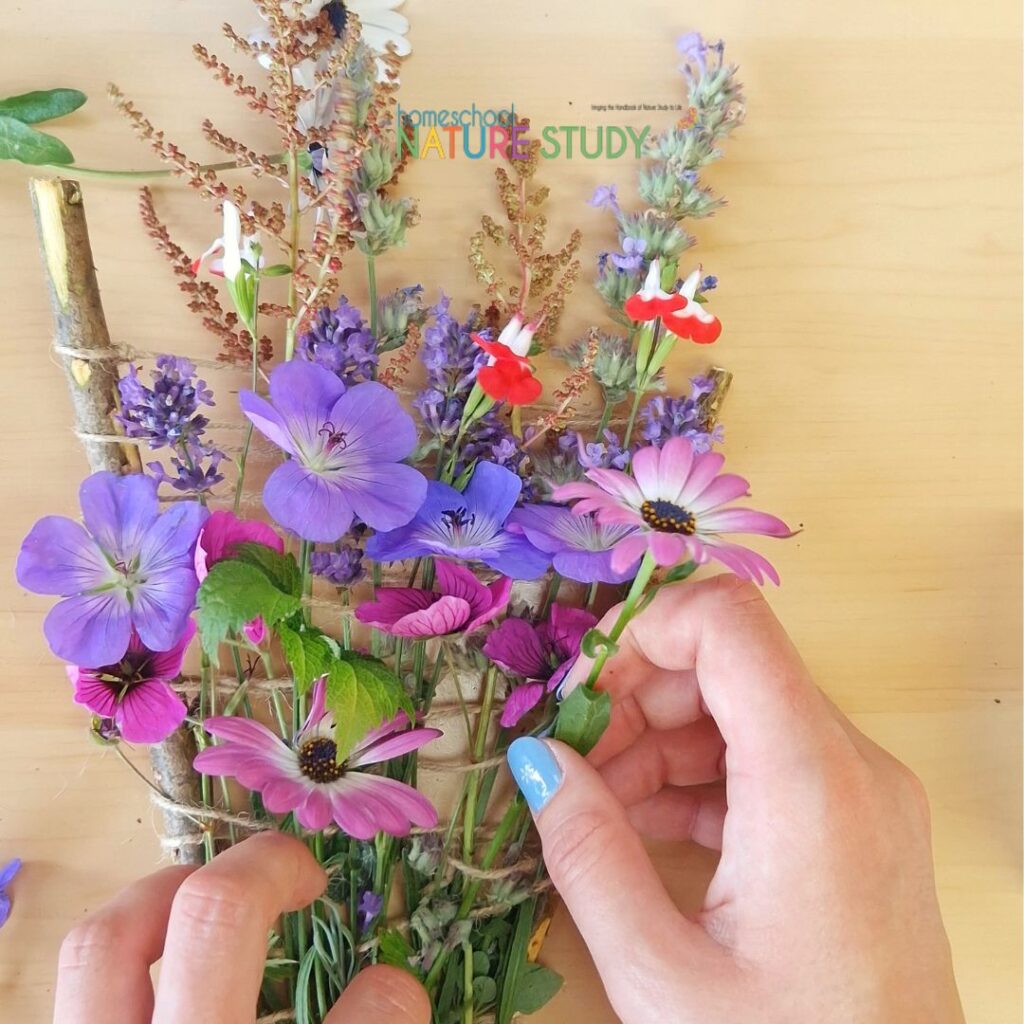
July Flower Craft Activity for Kids
Victoria shares, “Summer is in full swing with our gardens bursting with colour, so these flower tapestries are a brilliant way to celebrate the new blooms. With only a hand full of supplies you can capture summers bounty in a unique and artful way; using these tapestries to decorate your home or flowerpots outside.”
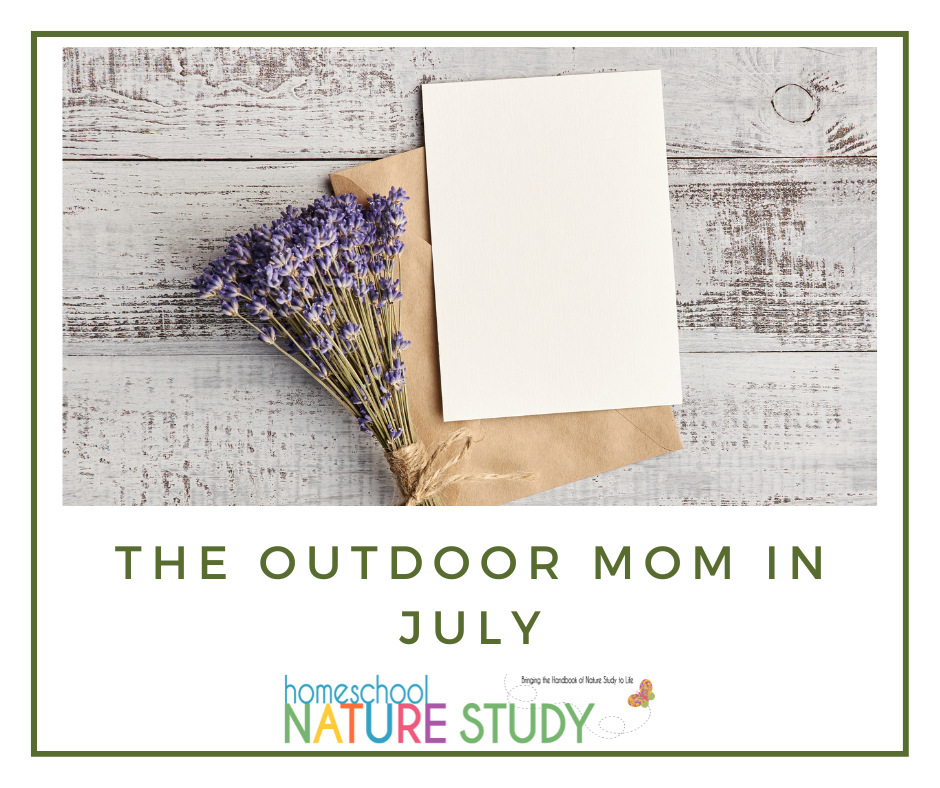
The Outdoor Mom Encouragement and Nature Study Prompts
Shirley shares, “For children summer seems to last forever. The days are long, lessons are over until the fall and there is so much to do and enjoy. One could be forgiven for thinking that we have endless time to enjoy these long, hot days. However, as adults we know that this is not the case. In fact, time seems to rush by the older one gets!
In this post I hope to encourage you to make the most of July and to take every opportunity to live each of its days with joy, peace and purpose.”
Enjoy ideas for the creative outdoor mom using lavender and making gifts, visiting a pick your own fruit farm, lovely recipes for your picked fruit, July nature journal and outdoor prompts and more!

Enjoy an Outdoor Homeschool This Year!
The Joy of Nature Study for Your Homeschool Year – We are excited to announce several fun resources that will make is easy for you to add the joy of nature study for your homeschool year! “Make this a time to learn a little something new about your world. Finding time for these challenges will help this season be one that your child will not only learn something new but make special memories for a lifetime.” – Barbara McCoy (founder of The Outdoor Hour Challenges)
Find Nature Study Activities for each month of the year!

Tricia and her family fell in love with the Handbook of Nature Study and the accompanying Outdoor Hour Challenges early in their homeschooling. The simplicity and ease of the weekly outdoor hour challenges brought joy to their homeschool and opened their eyes to the world right out their own back door! She shares the art and heart of homeschooling at You ARE an ARTiST and Your Best Homeschool plus her favorite curricula at The Curriculum Choice.

